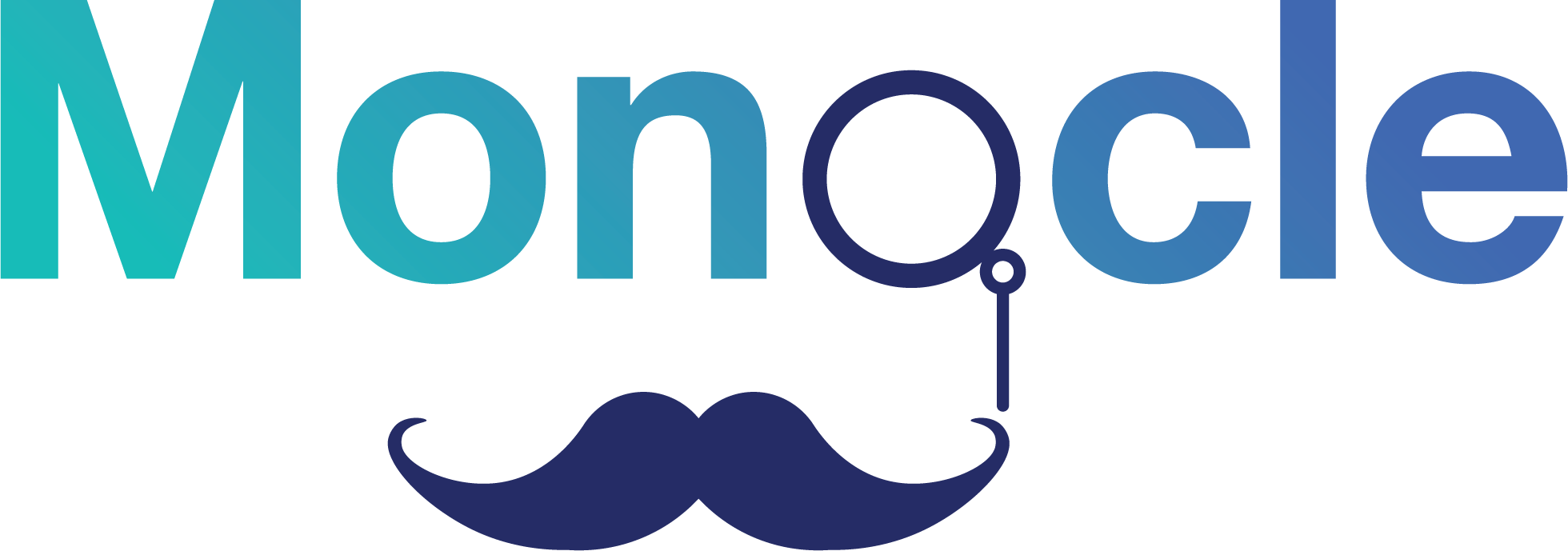Project Monocle

Monocle helps developers and platform engineers building or managing GenAI apps monitor these in prod by making it easy to instrument their code to capture traces that are compliant with the open-source cloud-native observability ecosystem.
View on Github
This cookbook provides receipts of various instrumenation solution with Monocle
Generate out of box telemetry, without any code chante
If you have a python app that run locally ie python my-app.py [args] (as opposed to hosting in a cloud serverless container like AWS Lambda or Azure Function), you can use Monocle package to enable telemetry with any code change
python -m monocle_apptrace my-app.py [args]
This will genearate the trace files monocle_trace_*.json in the local directory
Instrument your app to enable Monocle telemetry
- Python
Install monocle package or add
monocle_telemetryin yourrequirements.txtfile.pip install monocle_telemetryImport the package and add Monocle a single line of code to enable Monocle telemetry
from monocle_apptrace import setup_monocle_telemetry setup_monocle_telemetry(workflow_name="your-app-name")Now when you run the application, it will generate the trace files
monocle_trace_*.jsonin the directory where the application is ran.
Combining multiple APIs under single traceID
By default monocle instrumetation will generate traces for every chain or API call that your application. If you want to combine some traces for multiple APIs under a single traceID,
- Use
start_trace()andstop_trace()APIstoken = start_trace() try: embedding_api() inferece_api() finally: stop_trace(token) - Wrapp the code under
monocle_trace```python with monocle_trace(): embedding_api() inferece_api()
Track application business logic coded in a top level application method/API
Consider a chatbot application with a method called conversation() that implements a chat conversion thread with end user. This method in turn calls other APIs like OpenAI and Langchain to use LLMs and generate responses.
...
def conversation():
...
message = input("How can I help you:")
cleaned_message = response = openai.chat.completions.create(message) ==> GenAI code
result = rag_chat_chain.invoke(cleaned_message) ==> GenAI code
By default monocle instrumetation will generate a unique trace ID for every chain or API call that your application. This is very useful to track how your app is using the GenAI services. However, that’s often not sufficient. As an app developer or owner, you might want to look at bigger picture from the logic or business context. For example, you want to look at the prompts or latency etc at the conversion level than API level. Monocle has this notion of scopes which allows to you tie multiple traces/spans under a unique id so you can group it.
- Enableing scope programatically at method level
with monocle_trace_scope("conversation"): message = input("How can I help you:") cleaned_message = response = openai.chat.completions.create(message) ==> GenAI code result = rag_chat_chain.invoke(cleaned_message) ==> GenAI code - By adding a decorator
monocle_trace_scope_methodto thisconversation()method@monocle_trace_scope_method("conversation") def conversation(): ... - Configuraging the method name in
monocle_scope.jsonfile that’s placed in the working directory of the application{ "package": "myapp.bot", "object": "chat", "method": "conversation", "scope_name": "conversation" }The above code will generate two traces (one per chain invocation). All the spans in these traces will have an attribute called
conversaionwith a unique value."attributes": { "span.type": "inference", ... "scope.conversation": "0xcb80e6f772968ed50ead80657b09cf52",
Build on existing application logic to capture scope
Imagine you have a chatbot where the frontend app is running in browser and the backend gen AI code is running in a REST framework like Flask or hosted in serverless cloud service like Azure function or AWS Lambda. Let’s say that the application has a notion of conversaions, a chat thread that goes between end user and chatbot. A conversation IDs is genearted in the frontend to track each conversions and for sent as a REST header to stateless backend to retrieve the right context. Monocle enables you to track this conversation ID as a scope so all the gen AI APIs called during a conversation are marked with this unique conversation ID.
- GenAI code running in the Flask
Monocle support Flask instrumentation out of the box. All you need to do is to add
setup_monocle_telemetry()in your flask app and specify the http headers you want to track in themonocle_scope.jsonfile ```python from flask import Flask, request, jsonify from monocle_apptrace.instrumentation.common.instrumentor import setup_monocle_telemetry
web_app = Flask(name) setup_monocle_telemetry(workflow_name = “my-chatbot-webapp”)
def main(): web_app.run(host=”0.0.0.0”, port=8096, debug=False)
@web_app.route(‘/chat’,methods = [“POST”]) def chat(): try: coversation_id= request.headers[“coversation-id”] question = request.args[“question”] response = chat(question, coversation_id) return response
Save the `monocle_scope.json` in the folder where you run the Flask application
```json
{
"http_header": "client-id",
"scope_name": "conversation"
}
The above code will generate two traces (one per chain invocation). All the spans in these traces will have an attribute called conversaion with a unique value.
"attributes": {
"span.type": "inference",
...
"scope.conversation": "conversion-id: 0xcb80e6f772968ed50ead80657b09cf52",